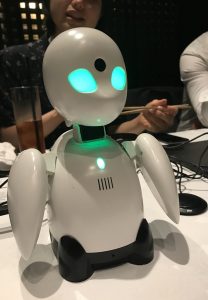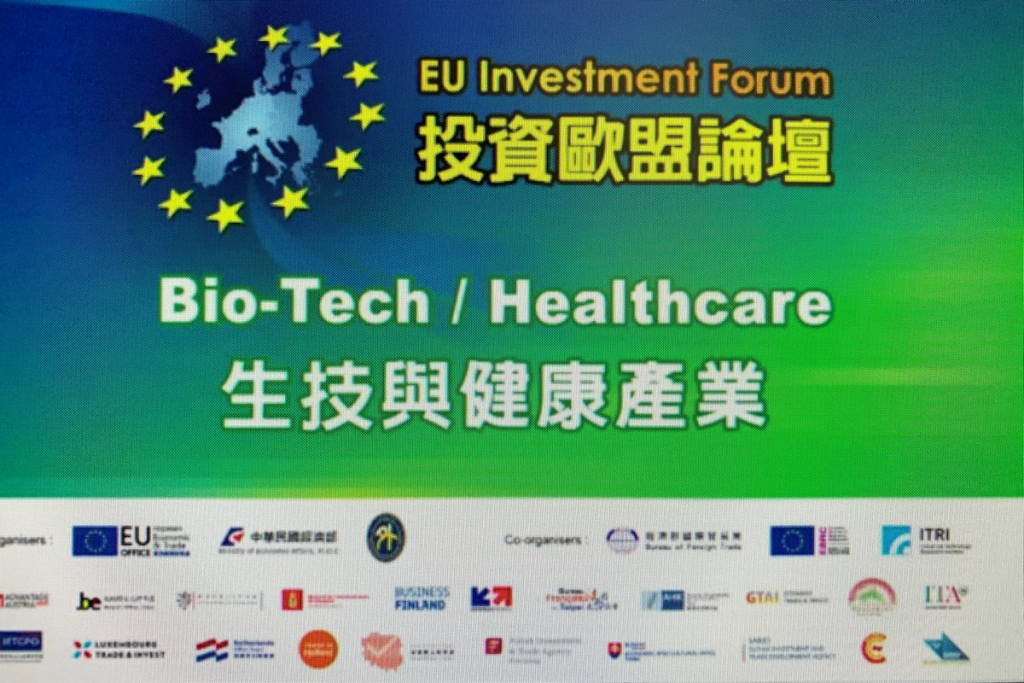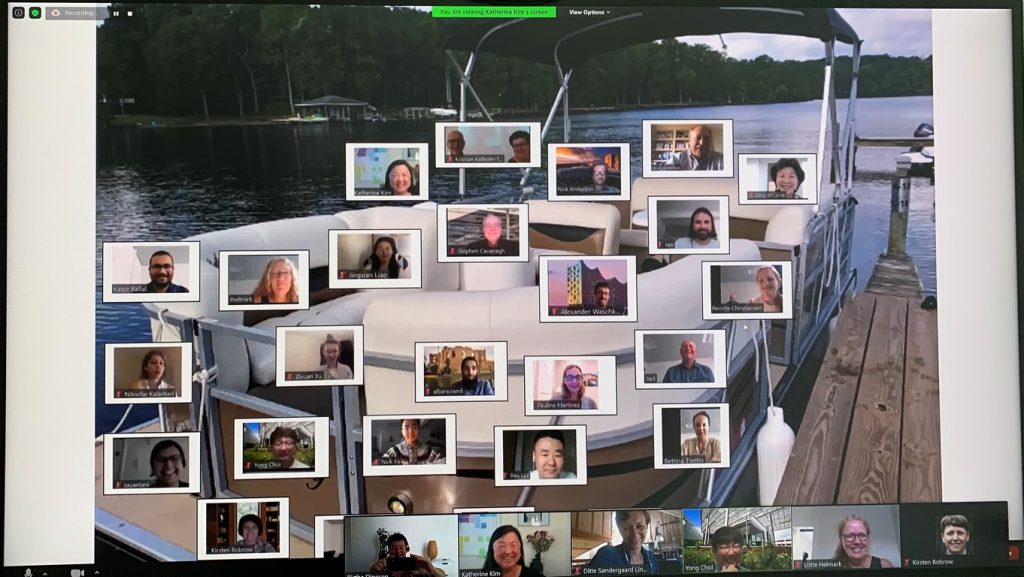Webinar Monday, December 7, 2020
9:00 AM to 10:00 AM Pacific
12:00 PM to 1:00 PM Eastern
18:00 to 19:00 Central European
Webinar Monday, December 7, 2020
9:00 AM to 10:00 AM Pacific
12:00 PM to 1:00 PM Eastern
18:00 to 19:00 Central European
We have just published a new paper from the Future Patient – telerehabilitation of Heart Failure Patients trial:
Predictors of Walking Activity in Patients With Systolic Heart Failure Equipped With a Step Counter: Randomized Controlled Trial by Josefine Dam Gade et al.
Results: A higher walking activity was associated with younger age, lower New York Heart Association (NYHA) classification, and higher ejection fraction (EF). There was a statistically significant correlation between the number of daily steps and NYHA classification at baseline (P=.01), between the increase in daily steps and EF at baseline (P<.001), and between the increase in daily steps and improvement in EF (P=.005). The patients’ demographic, clinical, and activity data could predict 81% of the variation in daily steps.
Conclusions: This study demonstrated an association between demographic, clinical, and activity data for patients with HF that could predict daily steps. A step counter can thus be a useful tool to help patients monitor their own physical activity.
Webinar Tuesday, November 17, 2020
9:00 AM to 10:00 AM Pacific
12:00 PM to 1:00 PM Eastern
18:00 to 19:00 Central European
Further information (incl. download of slides) can be found in this online flyer.
Collaboration between master students in Clinical Science and Technology, AAU, Aalborg Municipality & Ory Lab, Japan:
The telepresence avatar robot OriHime as a communication tool for adults with acquired brain injury: an ethnographic case study

We conducted an exploratory ethnographic case study, applying the framework ‘community of practice.’ The intervention consisted of sessions where ABI patients at home interacted with a member from Aalborg Rehabilitation Club using OriHime. Data collection consisted of documentary materials, participant observations and semi-structured interviews.
Findings: The patients at home found nonverbal communication valuable, while the members at the rehabilitation center felt that OriHime lacked human features and preferred direct verbal communication. The technology facilitated a feeling of being a part of a community of practice between the participants, and it motivated the patients at home to participate in the rehabilitating activities at the center.
Reference: Vikkelsø, S., Hoang, T-H., Carrara, F., Hansen, K. D., & Dinesen, B. (2020). The telepresence avatar robot OriHime as a communication tool for adults with acquired brain injury: an ethnographic case study. Intelligent Service Robotics.
https://doi.org/10.1007/s11370-020-00335-6
Webinar Tuesday, October 20, 2020
9:00 AM to 10:00 AM Pacific
12:00 PM to 1:00 PM Eastern
18:00 to 19:00 Central European
Today professor Birthe Dinesen had an online presentation on “Telehealth Innovation in Denmark in the Era of Covid-19” at the EU Investment Forum within BIO-Tech/Healthcare in Taiwan. There were many questions about how we do telehealth in clinical practice in Denmark, and Taiwan will like to learn from the Danish experiences.

Webinar Tuesday, September 22, 2020
9:00 AM to 10:00AM Pacific
12:00 PM to 1:00 PM Eastern
18:00 to 19:00 Central European
Webinar Tuesday, August 18, 2020
9:00 AM to 10:00 AM Pacific
12:00 PM to 1:00 PM Eastern
18:00 to 19:00 Central European
The Transatlantic Telehealth Research Network (TTRN) & CITRIS, UC Berkeley Summer Institute is having the 4th international PhD course these days. This year it is virtual due to the Covid-19 situation.
Today I have given a lecture on Social Robots & AI and we have had good discussions. We have 28 participants from the USA, China, Germany, Hong Kong, Singapore and Denmark. Every year we have a tradition on taking a boat tour during the PhD course – this year it is a virtual boat trip.

Next year the TTRN & Citris UC Berkeley Summer Institute will be held at Aalborg University.
This Web Forum highlights strategies for rapid onboarding of telehealth staff, with a specific focus on critical issues for engaging health care staff in response to COVID-19. Presenters will also discuss practical strategies, tips and case studies for organizations to use to improve patient engagement for telemedicine services.